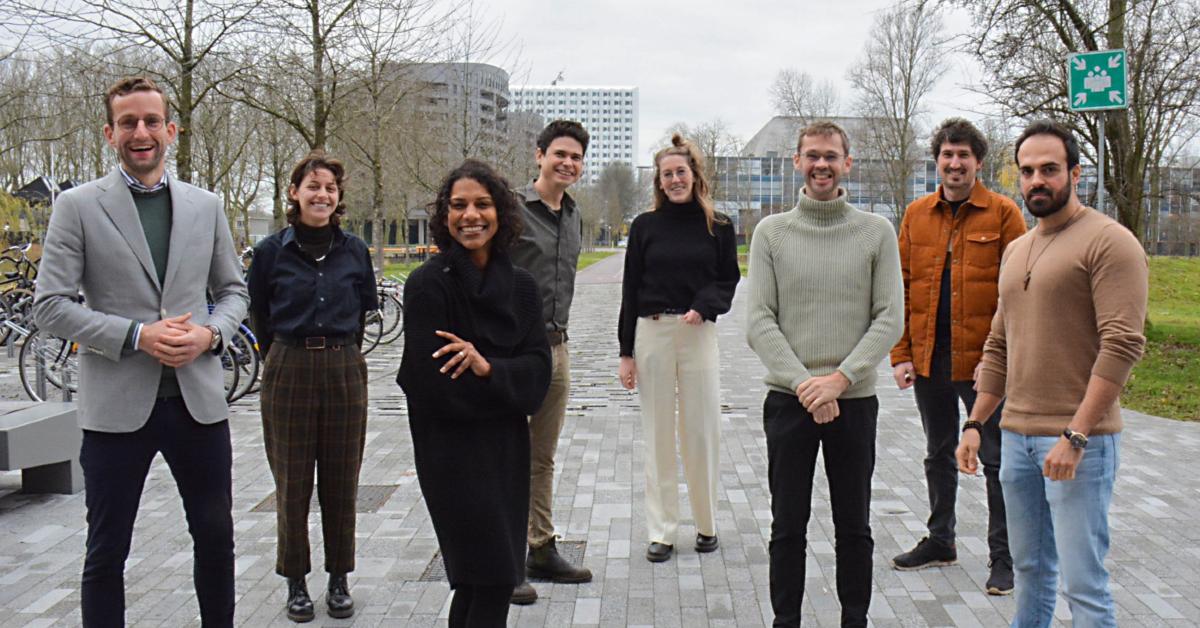Tidalkite, an underwater kite designed to harness energy from tidal currents in three dimensions, has received a €2.5 million grant from Waddenfonds (Wadden Fund).
The Tidalkite is an innovative underwater kite specifically developed to utilise energy from tidal currents in three dimensions.
It’s a patented, multi-wing design that enables a single Tidalkite unit to capture more energy than conventional tidal technologies, making it feasible for deployment in various locations globally.
Dutch deeptech Seaqurrent
According to Seaqurrent, the Dutch deeptech and clean energy startup behind this technology, it represents a significant achievement in lowering the cost of generating electricity from tidal energy.
“Tidal currents pack immense energy. Sailors understand that battling these currents requires resilience and determination, symbolising the spirit of perseverance needed to navigate challenges and achieve goals,” stated Youri Wentzel, the CEO and founder of Seaqurrent, a startup that wants to make electricity generated from tidal currents affordable and internationally accessible.
Tidalkite contributes to green energy
TidalKite retrieves green energy from the tidal flow and may eventually be used to contribute to an energy-neutral Ameland, an island off the coast of the Netherlands.
The Wadden Sea around the islands is known for its unique shallow body of water and tidal flats.
How does it work? The Tidalkite is a large kite that moves underwater perpendicular to the sea current.
This movement generates a pulling force, which is used to extract a cylinder. The extracted cylinder then drives a generator and hydromotor to produce electricity.
Further development
According to Wadden Fund, the technology needs further development and optimisation. One aspect under consideration is improving soil anchoring.
Furthermore, proper ecological integration is part of the knowledge project, focusing on monitoring the impact of kite noise on marine life.
The project is expected to deliver 5 megawatts of renewable generating capacity in due time, which could be installed in the Borndiep near the island of Ameland.
This type of tidal energy has the potential to help the island achieve energy self-sufficiency. In May, Seaqurrent deployed the first test kite near the island.
“We use a kite because it can cover a much larger area, certainly in areas where the depth is more shallow, and the water velocities are lower, giving us more energy per device,” co-founder Maarten Berkhout explains.
“Possibly, this form of tidal energy could contribute to making the island energy-neutral. This aspect is part of the study. If the trial succeeds and further upscaling follows, the TidalKite could provide half the clean energy to the Wadden Islands from 2026,” Wadden Fund states.
Wadden Fund’s objective
The project is aligned with the Wadden Fund’s objective of promoting sustainable economic growth in the Wadden region.
It specifically aims to accelerate the development and scaling of sustainable technologies that generate electricity from water in the Wadden Sea and the North Sea coastal zone.
The Wadden Fund grant is part of the Investment Framework Wadden Region (IKW) scheme and a component of the PROSIT knowledge project.
The total budgeted costs are about €7 million. With the funding, Seaqurrent aims to enhance the marketability of underwater kite technology.
Seaqurrent secured funding
In 2022, SeaQurrent secured €4.8M in funding in a round of investment, with EIT InnoEnergy, PMH Investments, Invest-NL, the FOM, and NOM joining as shareholders.
Seaqurrent was founded in 2015 in Grou, Friesland, in the North of the Netherlands, by its current CEO, Youri Wentzel, Maarten Berkhout, and Maurits Alberda.
Its headquarters is now located in Drachten, and the company employs 29 people.
Cyriel Jong, an angel investor at MPower Ventures, joined in late 2021 according to Dealroom.










01
From telecom veteran to Dutch Startup Visa success: The Jignesh Dave story